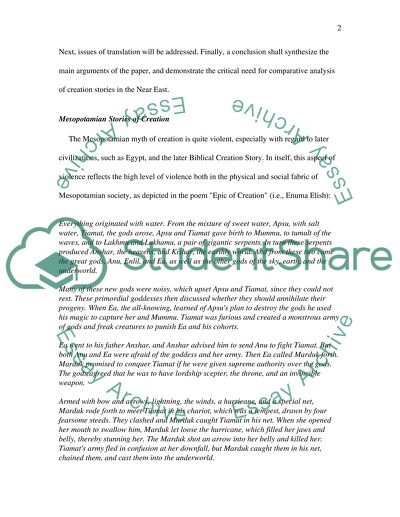Cite this document
(“Mesopotamia Creation Stories Essay Example | Topics and Well Written Essays - 2500 words”, n.d.)
Mesopotamia Creation Stories Essay Example | Topics and Well Written Essays - 2500 words. Retrieved from https://studentshare.org/miscellaneous/1521740-mesopotamia-creation-stories
Mesopotamia Creation Stories Essay Example | Topics and Well Written Essays - 2500 words. Retrieved from https://studentshare.org/miscellaneous/1521740-mesopotamia-creation-stories
(Mesopotamia Creation Stories Essay Example | Topics and Well Written Essays - 2500 Words)
Mesopotamia Creation Stories Essay Example | Topics and Well Written Essays - 2500 Words. https://studentshare.org/miscellaneous/1521740-mesopotamia-creation-stories.
Mesopotamia Creation Stories Essay Example | Topics and Well Written Essays - 2500 Words. https://studentshare.org/miscellaneous/1521740-mesopotamia-creation-stories.
“Mesopotamia Creation Stories Essay Example | Topics and Well Written Essays - 2500 Words”, n.d. https://studentshare.org/miscellaneous/1521740-mesopotamia-creation-stories.


